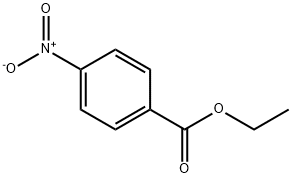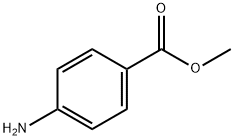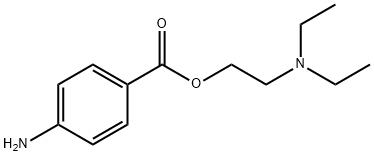
Procaine synthesis
- Product Name:Procaine
- CAS Number:59-46-1
- Molecular formula:C13H20N2O2
- Molecular Weight:236.31
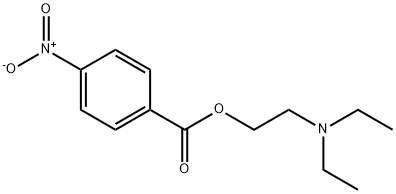
13456-39-8
14 suppliers
inquiry

59-46-1
293 suppliers
$6.00/1g
Yield:59-46-1 95.6%
Reaction Conditions:
with hydrogen;nickel in acetic acid butyl ester at 35; under 1520.1 Torr; for 12 h;Solvent;Reagent/catalyst;Temperature;
Steps:
10 Example 10
S1: in the reactor, 53.3 g of nitrocaine, 450 mL of butyl acetate and 0.6 g of an amorphous nickel catalyst were sequentially added,S2: At the same time of stirring, hydrogen gas is introduced to replace the air in the reaction system 3-4 times, Controlling the hydrogen pressure to 2 atmospheres Pressure, the reaction was stirred at 35 degrees Celsius for 12 hours to achieve catalytic hydrogenation;S3: Filtering under reduced pressure, washing the filter cake with the same solvent as in Step S1 to collect the amorphous nickel catalyst;S4: The filtrate obtained in step S3 was concentrated under reduced pressure to obtain a solid, which is the crude product of novocaine; S5: The resulting product was recrystallized from dichloromethane to give the product 44.8g, yield 95.6%,
References:
CN106905173,2017,A Location in patent:Paragraph 0023; 0024; 0025
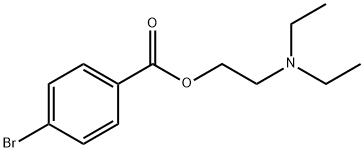
38973-67-0
0 suppliers
inquiry

59-46-1
293 suppliers
$6.00/1g
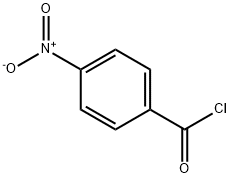
122-04-3
41 suppliers
$15.00/1g

59-46-1
293 suppliers
$6.00/1g
